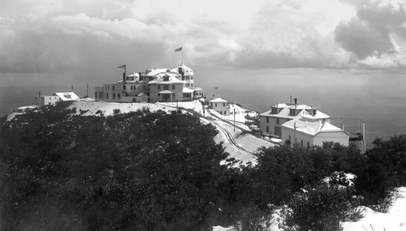 The White City, circa 1895
The White City, circa 1895 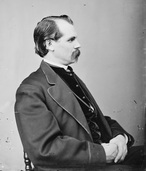 Thaddeus Lowe, circa 1865
Thaddeus Lowe, circa 1865 While recovering from an illness at age 18, Lowe attended a travelling road show demonstrating the uses of lighter-than-air gases led by Professor Reginald Dinkelhoff. Fascinated by the science, Lowe joined the show as Dinkelhoff’s assistant and 2 years later bought the show when Dinkelhoff retired. Within five years, Lowe, using his knowledge of lighter-than-air gases, had become one of America’s premiere balloonists, creating a lucrative business giving balloon rides at state and county fairs. During one of his lecture-exhibitions, Lowe met a 19-year old Parisian actress, Leotine Agustine Gaschon. One week later on February 14, 1855, the pair were married. Over the course of their marriage Leotine would give her husband ten children, seven boys and three girls.
| The incident opened up new possibilities for Lowe and in July of 1861, he offered to demonstrate the surveillance capabilities of his balloon for President Abraham Lincoln. Floating 500’ above the White House Lowe sent the first aerial dispatch by telegraph. Lincoln and his war department seized upon the idea of aerial surveillance and real-time troop movements relayed to commanders in the field. Lowe was given the go-ahead, and he flew in battle for the first time during the First Battle of Bull Run. So impressive was his flight that Lincoln ordered the formation of the Union Army Balloon Corps with Lowe named as Chief Aeronaut. Lowe would eventually command seven balloons with the corps, even launching them from a converted coal barge, effectively creating America’s first aircraft carrier. During his time with the Union Army, Lowe contracted malaria, an affliction that would bother him for the remainder of his life. |
| The first section of rail began service on Independence Day of 1893. It ran from Lake and Calaveras in Altadena to Rubio Pavilion, a 12-room hotel at the entrance of Rubio Canyon. Passengers could then transfer to a funicular incline railway climbing the canyon to Echo Mountain. In 1894, the grand Echo Mountain House Victorian resort was opened, and in 1896, the final leg of the railway was completed to the Ye Alpine Tavern in Grand Canyon at the base of Mount Lowe. In all, there were nearly 7 miles of track. The Echo Mountain house was a grand and stately structure capped with an imposing dome. A large porch for socializing ran along the front and two wings of the building, providing spectacular views of Pasadena, the San Gabriel Valley and even Catalina Island 65 miles away. The interior of the hotel was completed with natural wood and held a curio shop, a Western Union office, billiard room, shoeshine stand and barbershop among other amenities. To the left and right of the domed lobby were two wings of rooms for guests, while to the rear of the lobby was a formal dining room with views of Castle Canyon and Mount Lowe. Atop the incline railway powerhouse located in front of the resort, a 3-million candlepower searchlight had been installed that could be seen up to 50 miles at sea. Lowe’s publicist, George Wharton James, took that a step further and claimed he could read his newspaper from the beam’s power shining through his window on Catalina Island. On the ridge behind Echo Mountain House was an astronomical observatory featuring a 16” telescope. Visitors could spend their days playing tennis, bowling, taking mule rides into the mountains or listening to their voices echo across Castle Canyon on several echophones installed along the rim of the canyon. At night there was a white-linen dinner service prepared on dishes etched with the resorts logo followed by dancing. The luxuriousness and sheer spectacle of the resort along with the incredible scenery quickly made the White City the top honeymoon destination in America. Unfortunately, the cost to construct and maintain the railway and the hotels proved to be too much for Lowe and the project fell into receivership. In 1899, only six years after it opened, the professor lost everything except for title to the observatory. But that was only the beginning of the end for the White City. |
 Interior Echo Mountain House, circa 1895
Interior Echo Mountain House, circa 1895 Echo Mountain Today | Today, all that remains of Professor Lowe’s dream are some foundations marking the location of the Echo Mountain House and it’s periphery buildings. The grip and guide wheels from the funicular powerhouse lay trailside, rusting in the bright California sun. On the rim of Castle Canyon, a replica echophone has been installed, allowing hikers to hear their voices reverberating across the canyon as tourists did more than 100 years ago. The easiest way to reach the ruins of the White City is via the Sam Merrill Trail located at the intersection on Lake Avenue and East Loma Alta Drive in Altadena, CA. For trail details, click here. |

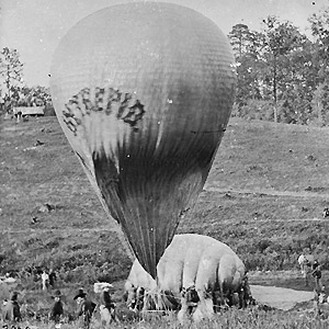
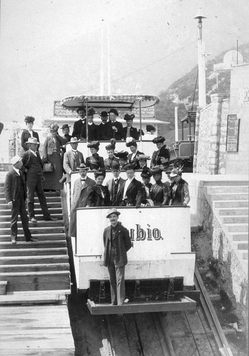
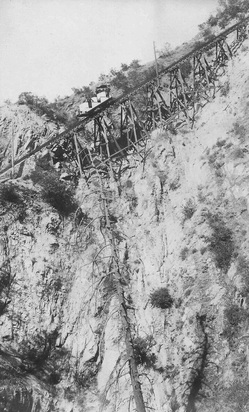
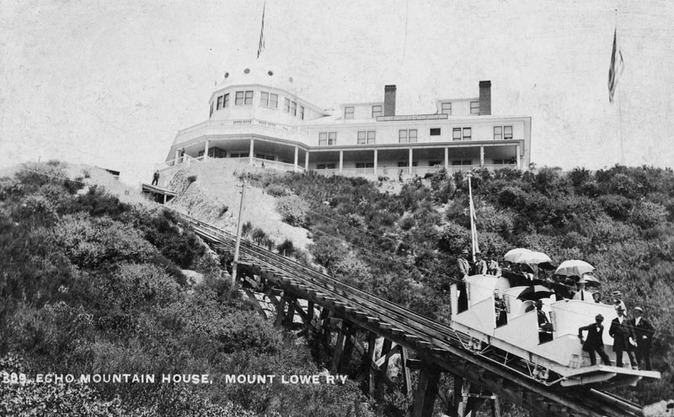

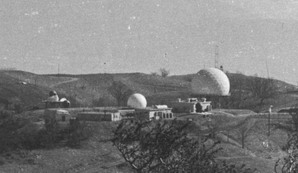
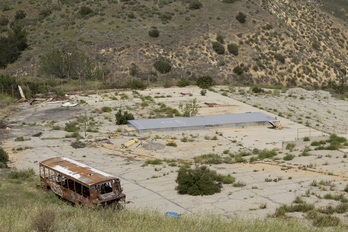
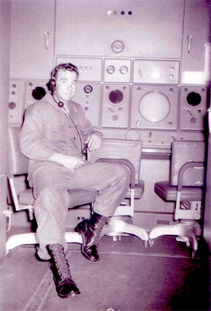
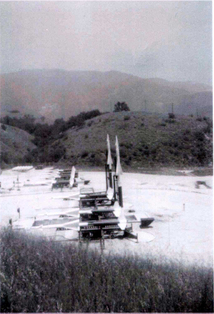
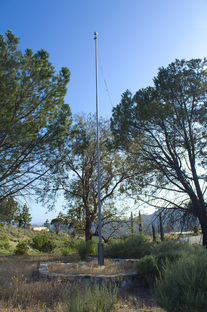
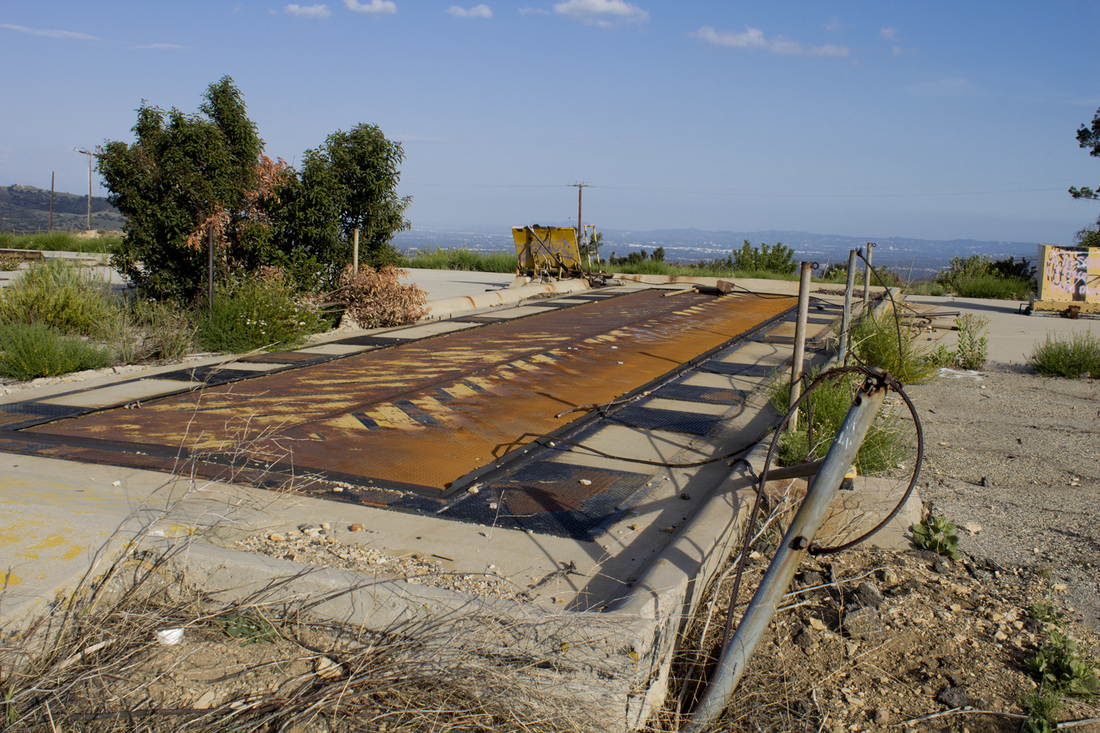
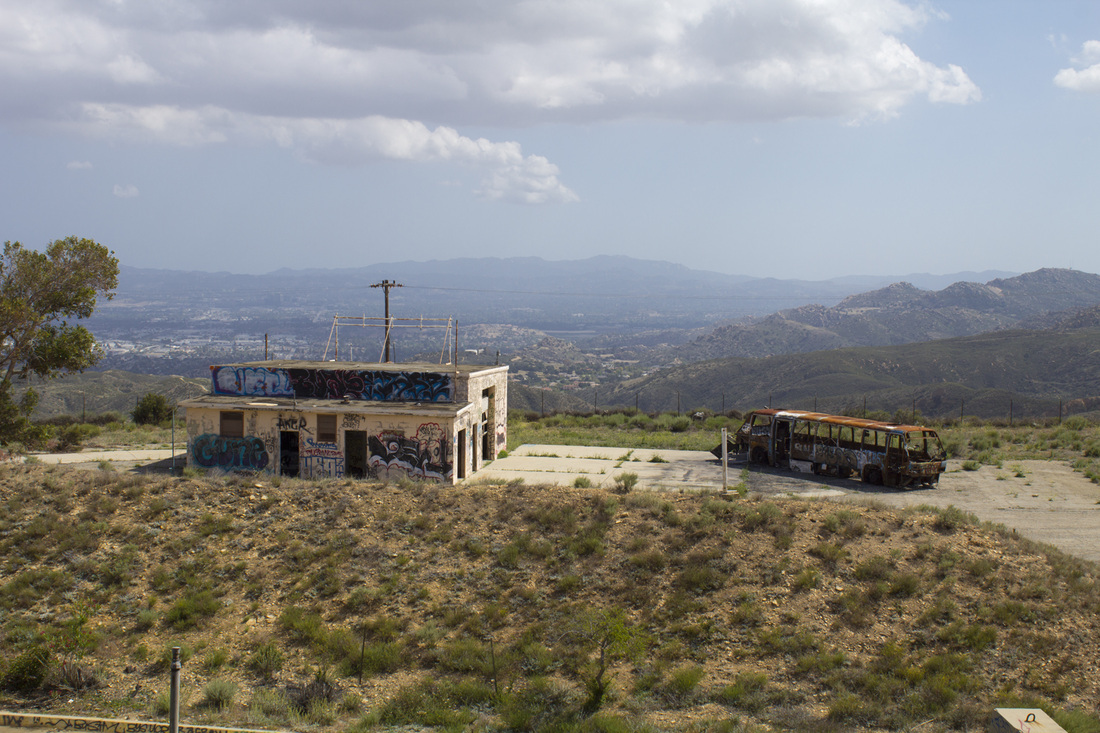
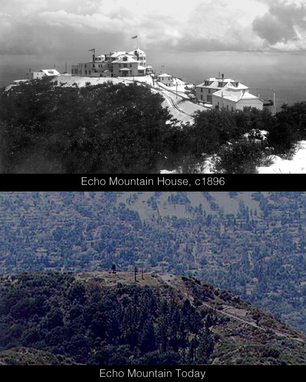
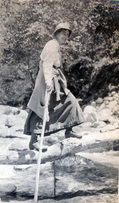
 RSS Feed
RSS Feed
